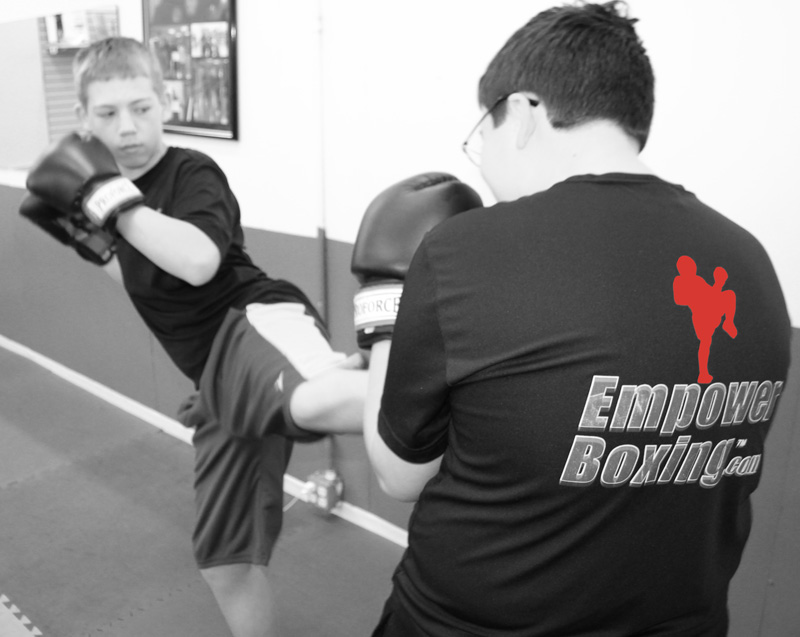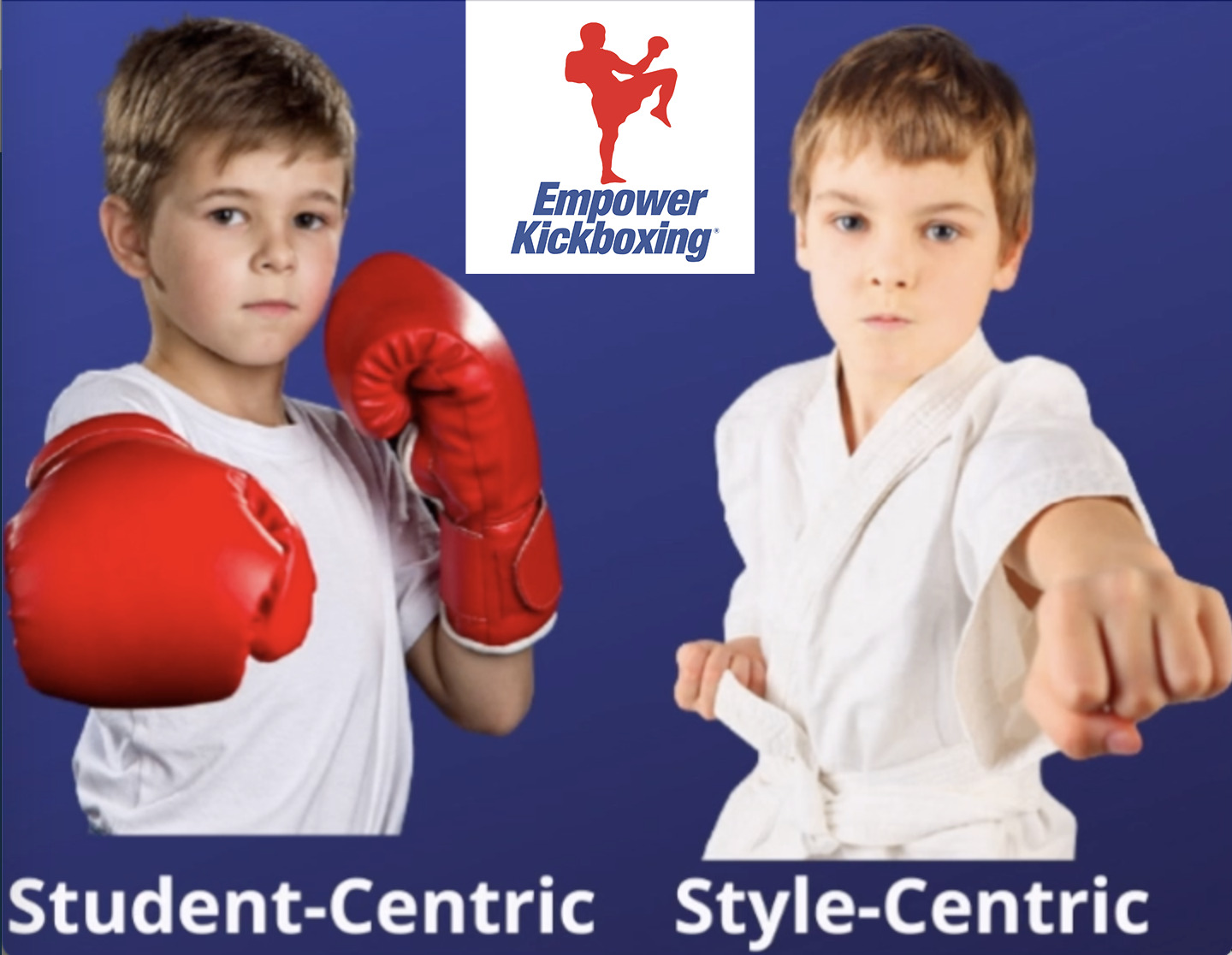At level one, students learn the Polite Greeting, make the distinction between self-defense (defensive tactics) and sparring (sport), learn two anger-management techniques and are introduced to their first scenario-based self-defense situation called the Cool Down.
Technically, they learn simple but effective blocks, hand techniques that become an effective combination, and kicks. They also learn to roll, perform a side break fall and learn how to safely stand up from a fallen position. For easy practice and testing, the entire curriculum is put together into a form that logically progresses from one movement to the next.
The emphasis at this level is not so much about what is practiced but the how, where and why of practice. The instructor also encourages the student to engage in the positive learning-friendly behaviors they are being taught in the dojo later at home and school.
Curriculum Overview:
- Attention position
- Bow/Salutation
- Polite greeting
- Self-defense stance
- Sparring/Fighting stance
- Jab
- Cross
- Hook
- Uppercut
- Elbows
- Knee Attack
- Front Kick
- Rolling
- Side Break Fall
- Standing from the ground
- 10 Count (Counting from 1 to 10 (and taking 10 deep breaths) to get a handle on anger is one of the easiest and most basic techniques for anger management.)
- Cool Down (Learning to take a “cool down” to avoid escalating a tense situation.)
- Setting Verbal Boundaries
Form #1
- The 3 Rules of Concentration (Focus Your Eyes. Focus Your Mind. Focus your Body.)
- Practice: How, What & Why
- *Suggested for older children, ages 8 and up.
- Self-Defense/Anger Management
- 10 Count
- Cool Down
- Setting Verbal Boundaries
Counting from 1 to 10 (and taking 10 deep breaths) to get a handle on anger is one of the easiest and most basic techniques for anger management. Learning to take a “cool down” to avoid escalating a tense situation is a very powerful tool as well. Both of these techniques and the practice of “easy defense verbal boundary drills” lend themselves to a fun kind of role-playing that young students will benefit from and enjoy practicing.
- Stances and Positions
- Attention
- Bow
- Polite greeting
- Self-defense stance
- Sparring stance
The “attention” position not only helps an instructor to exercise some control in the classroom, but it also helps a student to understand and practice the ideas of self-control, focus and concentration.
The “bow” is implemented to emphasize the need for creating a respectful relationship between instructor and student and to manifest the idea of respect for self and others.
The “polite greeting” teaches a much needed and valuable social skill that not only builds confidence, but is also the cornerstone of good manners and sophisticated social behavior.
By making a distinction between a stance for self-defense and a stance for sparring/fighting, an instructor has the opportunity to teach a critical lesson in the importance of body language in communication. In addition, it allows a distinction to be made between the rules of personal protection, versus those used in martial arts competition.
- Defense
- Four-corner blocking
Taking a practical approach to defense before teaching the more “classic” forms of martial arts blocking allows a student to learn something they can quickly absorb and then easily apply.
Teaching this type of blocking lends itself to the use of “blockers” in training and quickly builds a sense of accomplishment and confidence.
- Hands (using fists & palms)
- Jab
- Cross
- Elbows
Like the defense techniques, the hand techniques taught at this level are practical and easily applicable in a self-defense situation. They also allow the instructor to use hand-held mitts to facilitate the development of speed, power, timing and application.
By teaching students to strike with the palms as well as the fists, one reduces the opportunity for knuckle and wrist injuries when striking bags or mitts.
- Kicking
- Knee attack
- Front kick
Along the line of the “easy defense” philosophy, the first two kicks required at level one are both easy to learn and easy to apply.
- Ground
- Rolling
- Side Break Fall
- Standing from the ground
If taught properly and performed on a safe surface, rolling and falling can be fun to teach and fun to do. Learning to stand from a fallen position is an often overlooked but very practical technique. The “side break fall” and the “standing from the ground” position are recommended for ages 8 and older.


